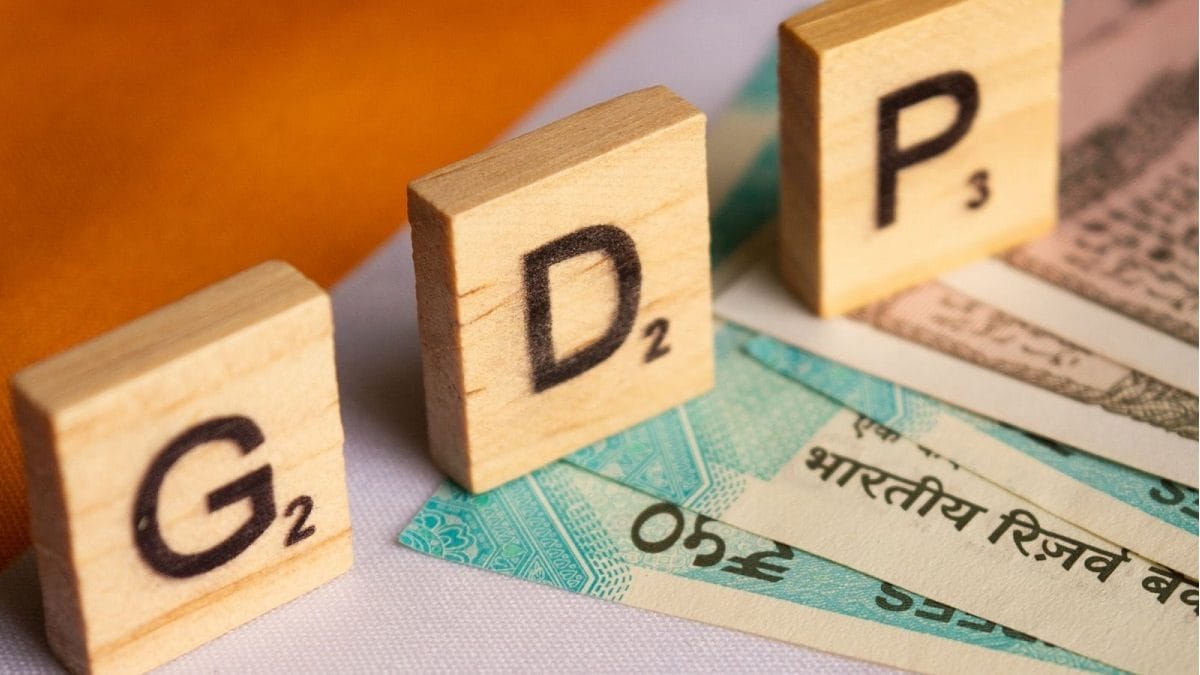India’s GDP growth is expected to slow down in the first quarter of Fiscal Year 2025 (Q1 FY25), which covers the April-June 2024 period. Analysts project a range of 6-7.1% growth compared to the preceding quarter’s 7.8% (Q4 FY24). This deceleration is attributed to factors like the contraction in government capital expenditure during elections, a dip in urban consumer confidence, and the impact of the heatwave. Here’s a closer look at the key components of the economy and their expected performance:
Consumption: The Driving Force of GDP
Private final consumption expenditure (PFCE), which constitutes about 60% of the GDP, is a critical indicator of economic activity. In the previous quarter (Q4 FY24), PFCE grew by 3.98% year-on-year (YoY), reaching Rs 24.97 lakh crore. This growth reflects the positive sentiment among consumers during that period.
Factors Influencing Consumption:
- Urban Consumer Confidence: Urban consumer confidence experienced a decline during the quarter, likely due to concerns around inflation and employment. This could lead to a dampening of consumption expenditure.
- Government Final Consumption Expenditure (GFCE): Government expenditure on goods and services (GFCE) increased by a modest 0.89% YoY in Q4 FY24. This growth is expected to remain subdued in Q1 FY25 due to the election cycle.
Investment and Infrastructure: A Mixed Outlook
Gross fixed capital formation (GFCF), which indicates investment activity, provides crucial insights into the health of the economy. The investment rate is a key component, driven by various sectors.
Drivers of Investment:
- Foreign Direct Investment (FDI): Gross FDI inflows increased from $17.8 billion in Q1 FY24 to $22.5 billion. This surge in foreign investment could contribute positively to the investment rate.
- Government Capital Expenditure: Although capital expenditure from the central and state governments declined in Q1 FY25 due to the elections, investments by households and corporations are anticipated to offset this decline, potentially boosting the investment rate.
Agriculture: A Mixed Picture
The agriculture sector has shown resilience during challenging periods, providing positive growth when other sectors faced decline.
Factors Influencing Agricultural Growth:
- El Nino and Rainfall: The year 2023 experienced El Nino conditions, resulting in a shortfall in rainfall. This negatively impacted the agriculture sector, leading to a 0.8% decline in growth in Q3 FY24.
- Crop Output: A decline in the output of rabi and summer crops, combined with deficient rainfall in June 2024, is likely to affect agricultural GVA growth in Q1 FY25. ICRA forecasts a 1% growth in agriculture, forestry, and fishing.
Manufacturing: Moderation After Robust Growth
Manufacturing growth faced setbacks during the coronavirus pandemic and the Russia-Ukraine war, which caused supply disruptions and increased input costs.
Key Insights:
- Industrial Growth: ICRA projects industrial GVA growth to moderate to 6.4% in Q1 FY25, down from 8.4% in Q4 FY24.
- Sub-Sector Performance: The moderation is primarily attributed to the manufacturing sector, expected to slow down to 7.0% from 8.9% in the previous quarter. Construction is also anticipated to see a decline to 4.0% from 8.7%. Conversely, sectors like electricity and mining and quarrying are expected to register an uptick in growth.
Services Sector: A Moderation Amidst Heatwave Impact
The services sector experienced a slight moderation in the first quarter due to the impact of the heatwave, which impacted footfall in various services sectors.
Key Takeaways:
- Footfall and Electricity Demand: The heatwave negatively affected footfall in services sectors, although it provided a significant boost to electricity demand.
- General Economic Momentum: Suman Chowdhury, executive director and chief economist at Acuité Ratings & Research, notes a general moderation in the momentum of domestic economic activity, influenced by the election cycle and the impact of the heatwave on specific sectors.
- Profitability and GVA: Weaker industrial output and lower than expected profitability could lead to weaker GVA growth in the manufacturing sector.
India’s Economic Journey: A Summary
The Indian economy demonstrated robust growth in the previous year, expanding by 7.8% in the March quarter of 2023-24. The slowdown expected in Q1 FY25 is attributed to various factors, including the election cycle, consumer sentiment, and the impact of weather events.
Takeaway Points
- The GDP growth for Q1 FY25 is expected to slow down, driven by factors such as the elections, subdued consumer confidence, and heatwave impact.
- Private final consumption expenditure is likely to remain a key driver of the economy, but its growth is expected to moderate.
- Investment activity could benefit from increased FDI and corporate investments, offsetting the decline in government capital expenditure.
- The agriculture sector is likely to experience modest growth, while the manufacturing sector is expected to see moderation.
- The services sector is anticipated to experience a slowdown due to the heatwave’s impact.
- It is important to closely monitor these factors and their impact on the economy in the coming quarters.









